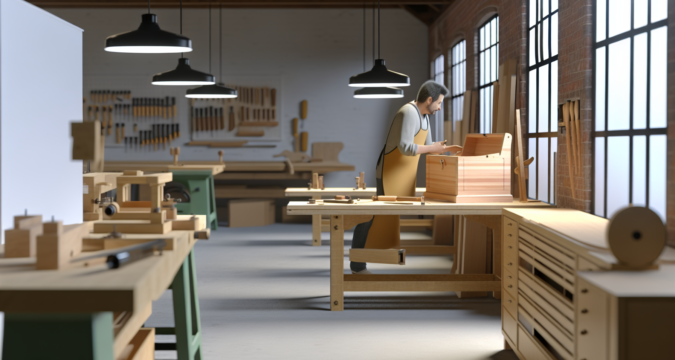
As a budding woodworker, embarking on the journey of crafting your own Woodworking Hope Chest is an exciting and fulfilling endeavor. This comprehensive guide will equip you with the necessary knowledge and skills to create a one-of-a-kind Hope Chest that will become a cherished heirloom for generations to come.
Key Takeaways
| Aspect | Key Takeaway |
|---|---|
| Tools | Must-have tools include a saw, hammer, chisel, and measuring tape. |
| Materials | Essential materials include wood, nails, screws, and glue. |
| Selection | Consider factors like wood type, project size, and budget. |
| Sourcing | Explore options like online retailers, home improvement stores, and specialty shops. |
| Construction | Follow a step-by-step guide with detailed explanations and visual aids. |
| Decoration | Explore techniques like painting, staining, and adding embellishments. |
| Finishing | Apply finishing touches like sanding, varnishing, or staining for enhanced appearance and durability. |
| Maintenance | Proper maintenance ensures the longevity of your Hope Chest. |
Essential Tools for Woodworking
Saw: A versatile tool for cutting wood, available in various types like hand saws, circular saws, and miter saws.
Hammer: Used for driving nails and shaping wood, with options like claw hammers and ball peen hammers.
Chisel: A tool for carving and shaping wood, available in different sizes and shapes for specific tasks.
Measuring Tape: Essential for accurate measurements and ensuring precise cuts and assembly.
Fundamental Materials for Woodworking
Wood: The primary material for woodworking, available in various types with unique properties, such as pine, oak, and mahogany.
Nails: Metal fasteners used to join pieces of wood, available in different sizes and types for varying applications.
Screws: Similar to nails but offer a more secure hold, suitable for heavier or more permanent joints.
Glue: An adhesive used to bond wood pieces together, available in different types like wood glue and epoxy.
Selecting the Right Woodworking Supplies
Consider the Wood Type: Choose wood that suits your project’s purpose, aesthetic preferences, and budget.
Project Size Matters: Ensure you have enough wood to complete your project without wastage.
Budget Wisely: Set a budget and stick to it, considering the cost of wood, tools, and other materials.
Common Pitfalls: Avoid using low-quality wood or tools, as they can compromise the outcome of your project.
Sourcing Woodworking Supplies
Online Retailers: Convenient and offers a wide selection of tools and materials, but consider shipping costs and delivery times.
Home Improvement Stores: Provides a physical location to inspect and purchase supplies, but the selection may be limited.
Specialty Woodworking Shops: Offers a specialized selection of high-quality tools and materials, but may be more expensive.
Constructing the Woodworking Hope Chest
Step-by-Step Guide: Follow a comprehensive guide that breaks down the construction process into manageable steps.
Detailed Explanations: Ensure each step is clearly explained with detailed instructions for easy understanding.
Visual Aids: Incorporate diagrams, illustrations, or images to visually represent the construction process.
Decorating and Personalization
Painting and Staining: Add color and enhance the natural beauty of the wood with paints, stains, or varnishes.
Embellishments: Express your creativity by adding embellishments like carvings, moldings, or decorative hardware.
Personal Touches: Make your Hope Chest unique by incorporating personal touches like initials, quotes, or symbols.
Finishing Touches and Care
Sanding: Smooth out rough surfaces and prepare the wood for finishing with sandpaper or a sanding block.
Finishing Touches: Apply a final coat of varnish, lacquer, or wax to protect the wood and enhance its appearance.
Maintenance: Regular cleaning and maintenance will ensure your Hope Chest remains in pristine condition for years to come.
FAQs and Answers
External Links for Further Information
Woodworking Hope Chest Plans and Ideas Discover a collection of woodworking plans, ideas, and inspiration for creating stunning Hope Chests.
- Hope Chests: A Timeless Tradition Explore the rich history of Hope Chests and find detailed plans and projects to create your own unique heirloom.
- Woodworking for Beginners: A Step-by-Step Guide This comprehensive guide provides a detailed overview of woodworking basics, tools, techniques, and safety precautions.

